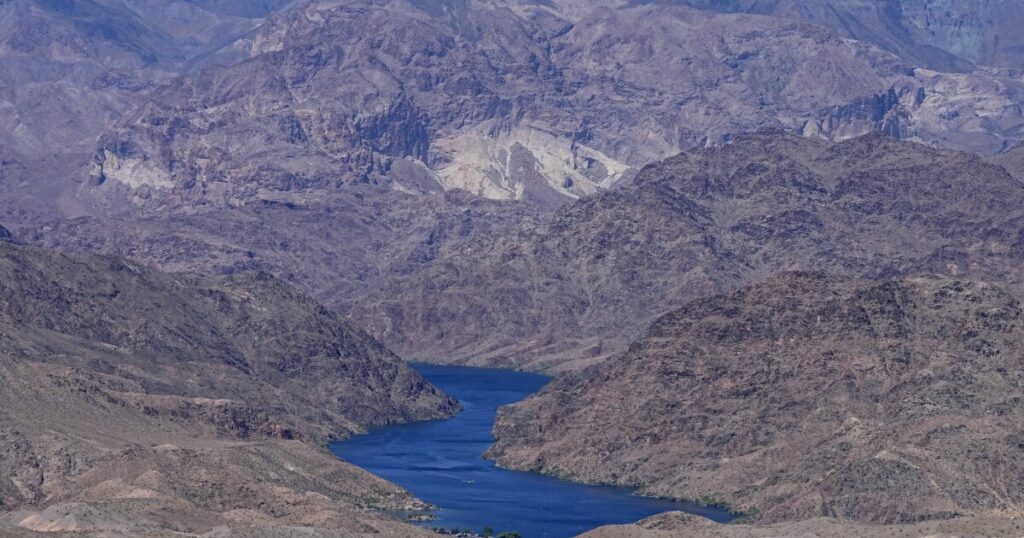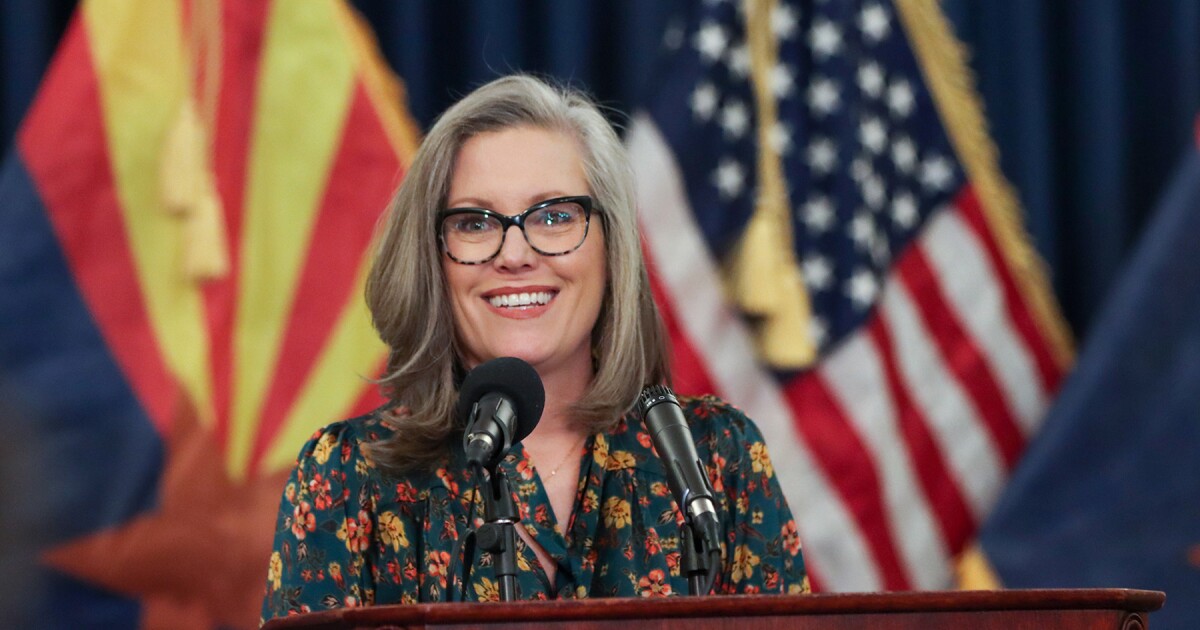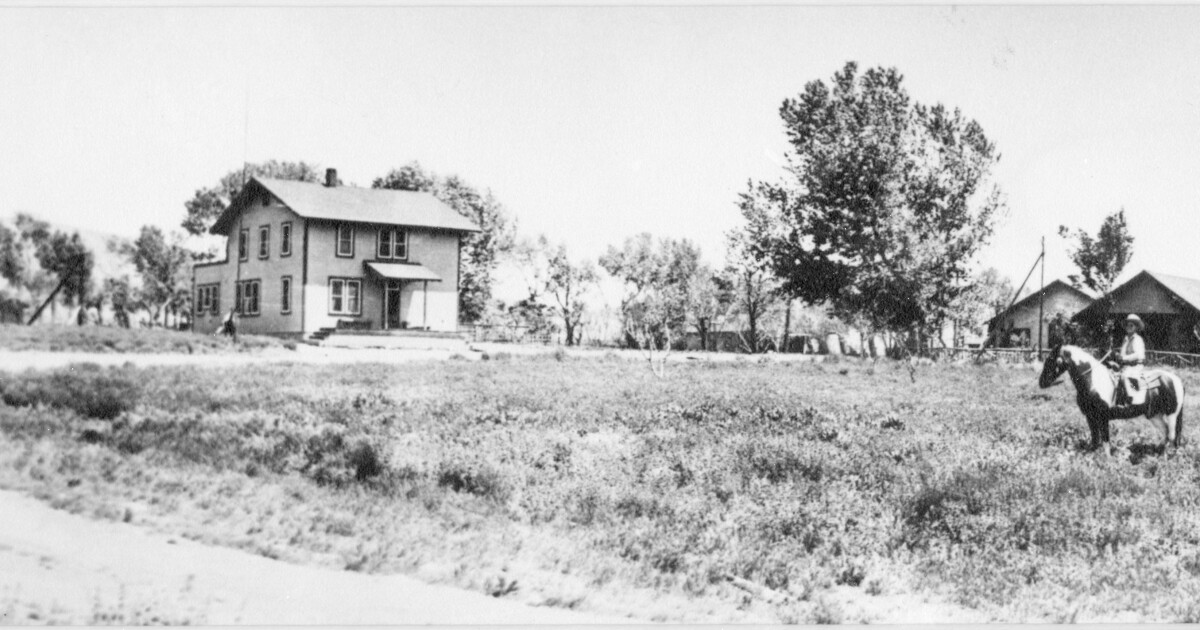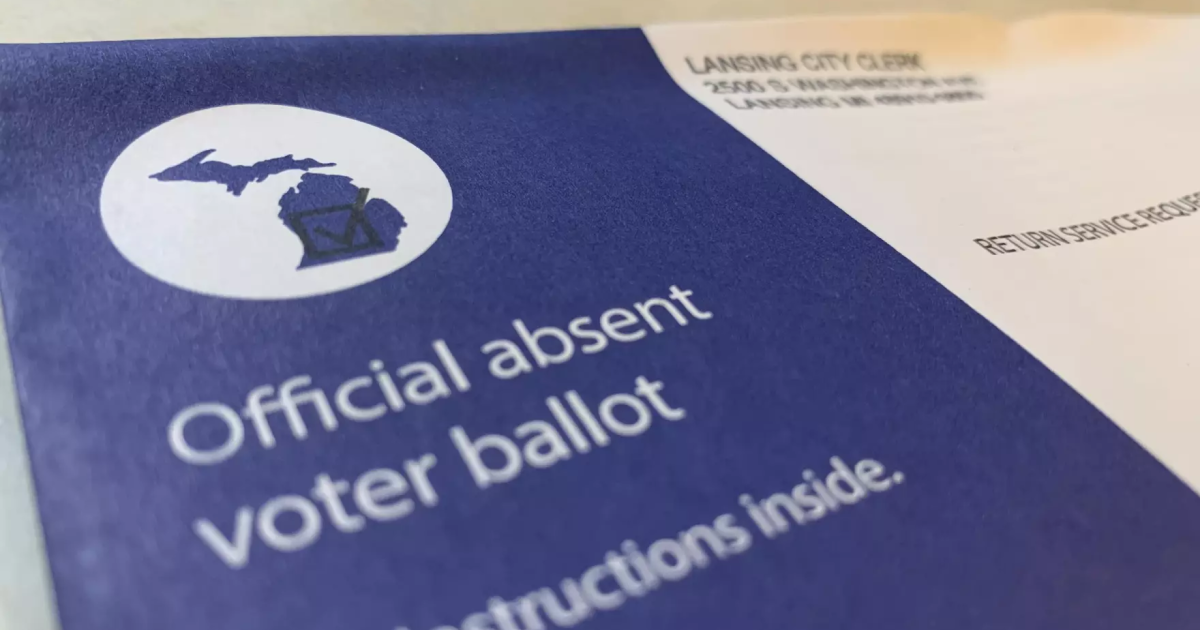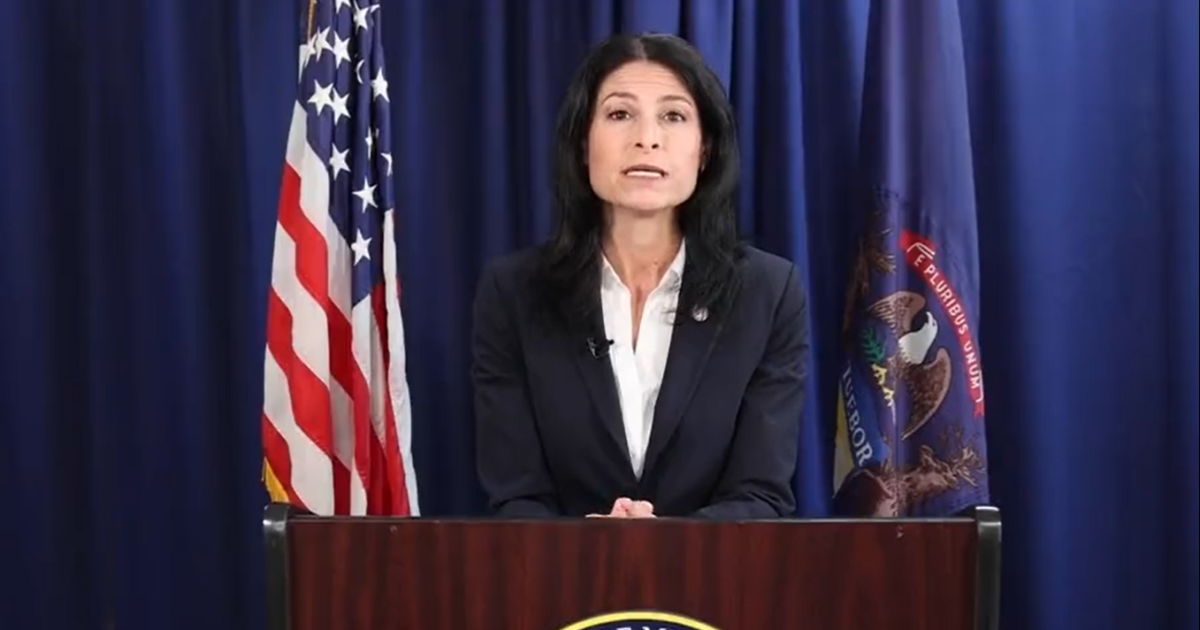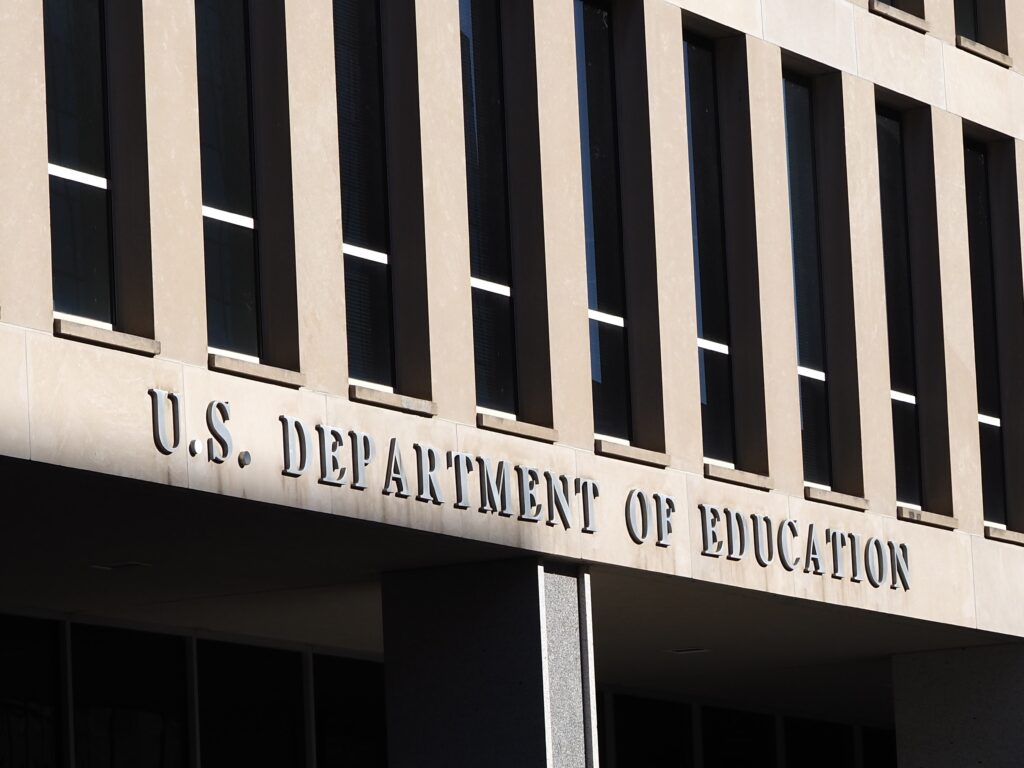In a bid to address the chronic water crisis affecting the Colorado River, environmental groups have called on the federal government to ensure that water usage in the Lower Basin states is both “reasonable” and “beneficial.” This petition to the Bureau of Reclamation emphasizes the need to combat water shortages exacerbated by overuse, drought, and climate change.
Environmental advocates are urging federal authorities to regulate water waste in California, Arizona, and Nevada, highlighting the urgency of developing new water-sharing agreements by 2026. If these states fail to reach a preliminary accord by mid-November, federal intervention may become necessary.
The Colorado River is a vital water source for 40 million people across seven U.S. states, two Mexican states, and numerous Native American tribes. Addressing water waste is seen as a crucial step toward ensuring the river’s long-term sustainability. However, potential water cuts raise concerns about the impact on agriculture and consumers.
“We don’t have a management future for the Colorado River right now and it’s getting pretty scary,” said Mark Gold, adjunct professor at UCLA and former director of water scarcity solutions with the Natural Resources Defense Council. “We should be dealing with this as a water scarcity emergency, and one of the things that you really want to do in an emergency is, let’s deal with water waste first.”
The Bureau of Reclamation has yet to respond to the petition but stated that it continues to work under existing agreements and has other strategies to manage reservoir levels at Lakes Powell and Mead.
Challenges in Defining Water Use
Understanding what constitutes “reasonable” and “beneficial” water use is complex. While a bureau code indicates water deliveries should not exceed what is necessary for beneficial use, the specifics remain unclear. Cara Horowitz, director of UCLA’s Frank G. Wells Environmental Law Clinic, points out the lack of a clear definition in water delivery decisions.
Julia Demaree Nikhinson
/
AP
Horowitz argues for a reformed process to evaluate and prevent wasteful water use. The petition suggests that periodic reviews are necessary to determine compliance. However, some experts caution against potential negative consequences of having an authority define wastefulness.
“It’s potentially a whole can of worms that we need to approach very carefully,” said Sarah Porter, director of the Kyl Center for Water Policy at Arizona State University. “Who gets to be the entity that decides what’s an appropriate amount of use for any particular water user or community?”
The environmental groups propose incentivizing farmers to adopt more efficient irrigation techniques and encourage the cultivation of crops suitable for arid climates. Urban and industrial users are urged to limit water-intensive practices, like watering ornamental turf or employing water-heavy cooling systems.
In a 2003 case, the bureau invoked this provision, reducing water to California’s Imperial Irrigation District after determining excessive use. The district sued, but the matter was eventually resolved out of court.
Reactions from Agriculture and Urban Regions
California’s Imperial Valley, which relies entirely on Colorado River water, faces unique challenges. The region’s climate supports national winter vegetable production, but farmers like Andrew Leimgruber are concerned about potential impacts of water cuts.
Leimgruber has implemented water-saving measures, focusing on crops like carrots, onions, and alfalfa. “Unreasonable” water use reductions could disrupt food supply, he warns, affecting availability in major cities.
Bill Hasencamp, manager of Colorado River Resources for the Metropolitan Water District of Southern California, supports annual reviews of water use but is wary of litigation risks. “Once things go to court, there’s always a wild card that’s sort of out of anyone’s control.”
Drawing Lessons from California
Some experts suggest using California’s constitutional provisions on reasonable and beneficial use as a model. These provisions have been flexibly interpreted by state regulators to adapt to changing conditions.
“The way it’s written is actually very adaptable to the times, so it’s actually about what is wasted and reasonable use in a given time,” said Felicia Marcus, fellow at Stanford University’s Water in the West program. The state water board has used this authority to enforce water-saving measures during droughts.
Exploring Diverse Solutions
To address the water crisis, some advocate for limiting growth in arid regions, expanding desalination projects, and increasing wastewater recycling. As drought conditions persist, experts call for the Bureau of Reclamation to take decisive action.
“There’s responsibility here to be the water master on the river or it gets thrown to the Supreme Court, which will take years to work its way through,” said Marcus. The “beneficial use petition is one way to say, ‘Here’s a tool you have, step up and consider it.'”
The Associated Press receives support from the Walton Family Foundation for coverage of water and environmental policy. The AP is solely responsible for all content.
—
Read More Arizona News

